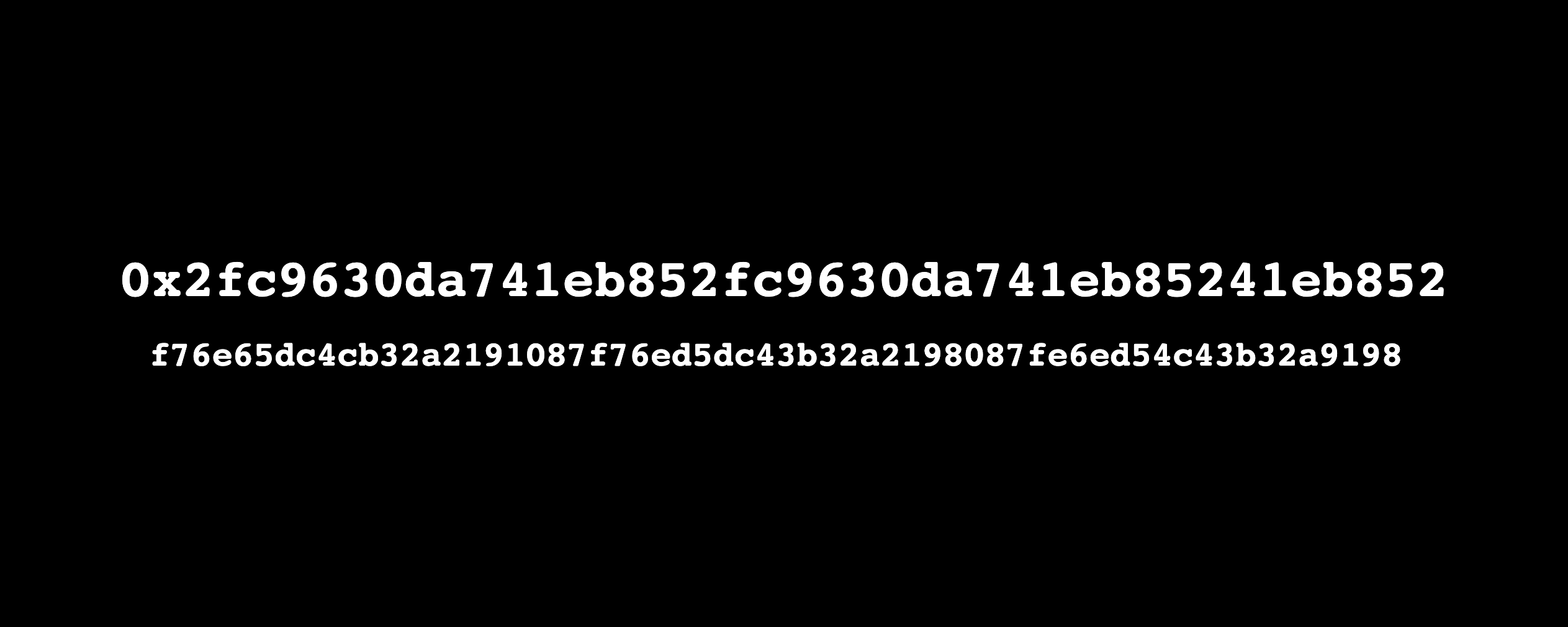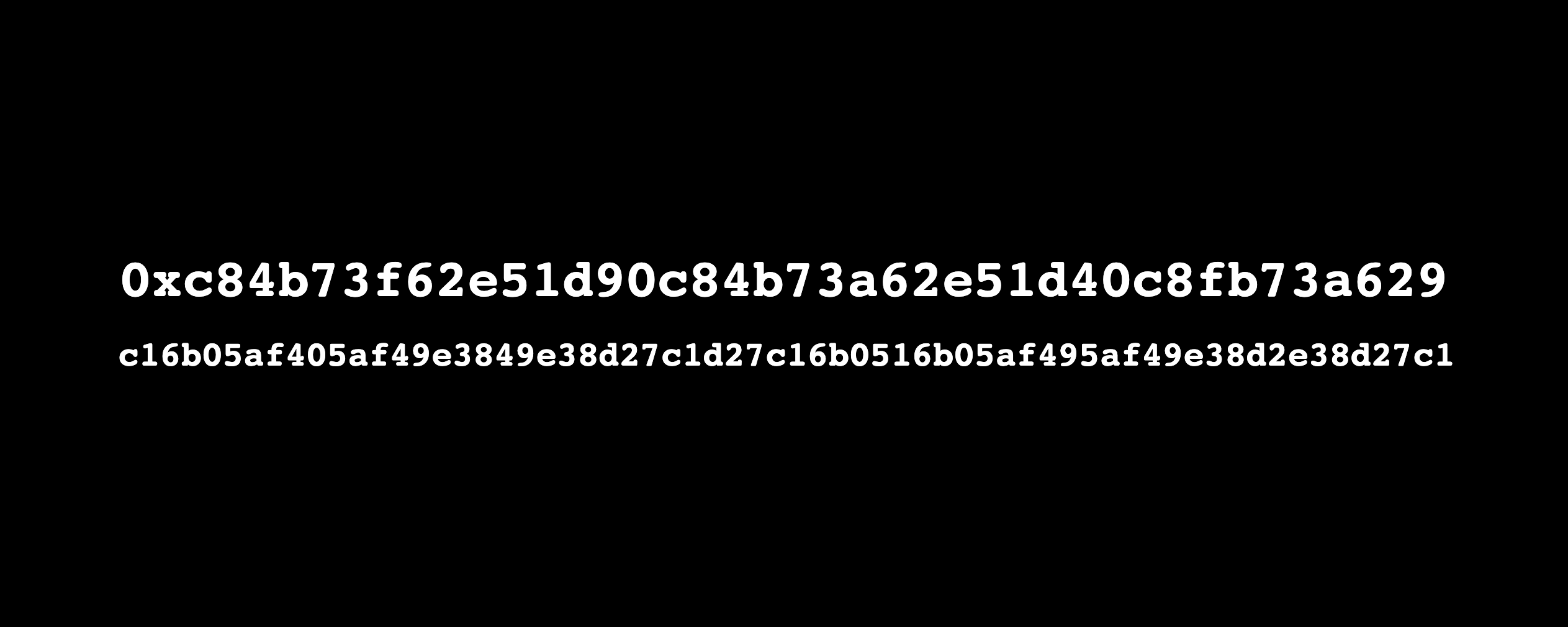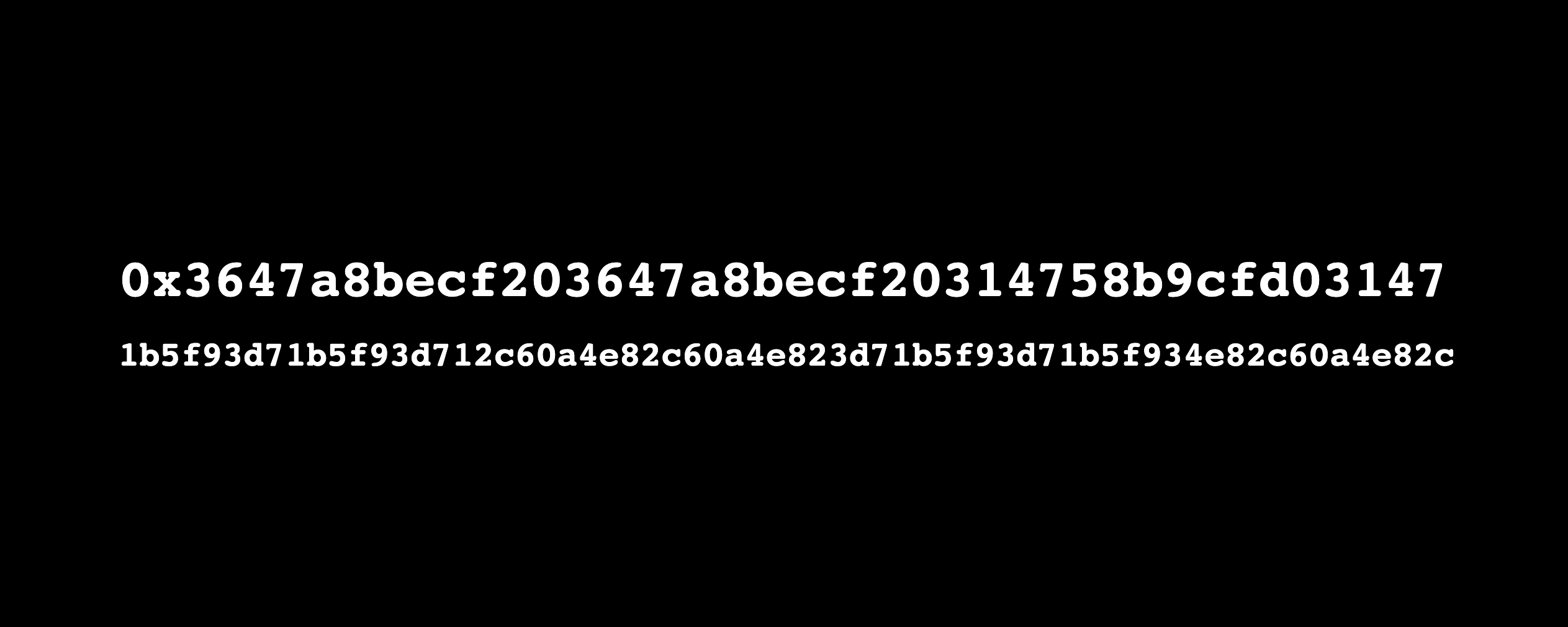Public key cryptography is a foundational element of blockchain technology that is the primarily mechanism used to secure billions of dollars worth of funds.

The odds of cracking 256-bit public key encryption by guessing, or “brute force,” are infinitesimally low: 1 in 115,792,089,237,316,195,423,570,985,008,687,907,852,837,564,279,074,904,382,605,163,141,518,161,494,336.
Given the odds, the idea that Brute Force could successfully “hack” a digital wallet, at the rate of producing a single, randomized private key once every block, i.e., 12 seconds, is simply not realistic. But as one interacts with Brute Force by selecting the private key it generates and pasting it into an Ethereum wallet provider (see demo), it might not feel that way.

The first question Brute Force raises is whether one of the 64-character private keys it generates might actually provide access to a wallet containing money or assets? The second is, would you try?

Virtually all brute force hacking is done by powerful computers designed to guess thousands of combinations per second.
Brute Force slows down this process to human speed and provides the viewer, should they so choose, a simple way to try this method for themselves.

Does interacting with Brute Force convey the feeling that digital assets are fundamentally secure, or does it instead leave one with deeper questions about the methodology by which all digital assets are secured on blockchain?
Brute Force is the artist’s first (genesis) NFT. It was minted on the Ethereum blockchain on December 22nd, 2022.
